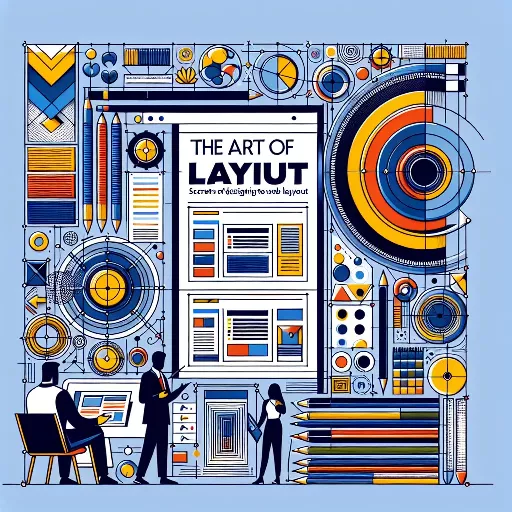
The art of web design is of paramount importance for a brand or company to have a successful online presence. Good design not only makes a website attractive to users, but also ensures usability, increasing conversion rates and audience engagement. There are certain secrets and rules to follow that will help create a design that will make your site perform at its best.
One key aspect of successful website design is its responsiveness. Considering that more users are accessing the internet from mobile devices, it's essential to create adaptive designs that will display correctly on any screen. Techniques such as media queries and flexboxes are used to create universal layouts.
Another important aspect is the choice of color palette. Colors can have a strong impact on the emotional state and behavior of website visitors. It's important to choose colors that match the company's brand and create the desired mood. Additionally, attention should be paid to the contrast and readability of text against the color background.
Typography also plays a crucial role in website design. Well-chosen fonts can make content more attractive and readable. It's important to consider not only the appearance of the fonts but also their readability on different devices and screens. It's recommended to use no more than three fonts on a website to create a consistent style.
The placement of elements on the page is also significant. Optimal positioning of content and interface elements facilitates site navigation and enhances usability. Grid systems like Bootstrap can be used to easily organize content and ensure its stable display on various devices.
Another crucial aspect of website design is its loading speed. Slow pages can discourage users and reduce conversion rates. To optimize loading speed, it's necessary to use image compression, CSS and JavaScript code minification, as well as resource caching. It's also important to consider mobile optimization to ensure fast loading even on slow internet connections.
Lastly, it's important to remember usability and user-friendliness of the site for end users. An intuitive interface, well-organized content, and convenient feedback forms will help retain visitors on the site and make their visit highly productive. User experience testing will help identify design weaknesses and make necessary adjustments.
In conclusion, the art of web design requires a comprehensive approach and consideration of numerous aspects, from responsiveness and color palette to loading speed and usability. Creating a design that is attractive, user-friendly, and effectively fulfills its functions is the key task of a web designer striving for success in the online environment.


